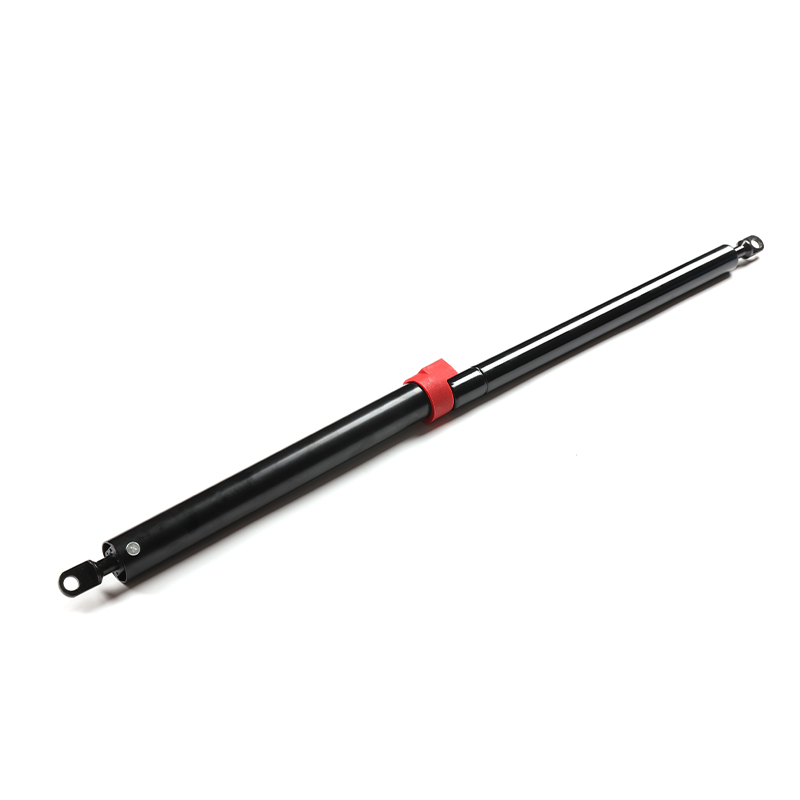The locking mechanism of a self-locking gas spring is achieved through the synergistic action of its internal structure and pressure control. Its principle relies on the combination of air pressure and mechanical locking mechanisms to achieve automatic locking.
When a
self-locking gas spring is subjected to pressure, the gas inside the cylinder will push the piston and piston rod to move. When the piston rod reaches the desired position, the internal locking mechanism of the gas spring will automatically engage. This locking mechanism includes a set of connecting rods and gears, which are activated when the piston rod reaches the predetermined position.
Once the locking mechanism is engaged, it will fix the piston rod in the appropriate position through a series of connecting rods and gear mechanisms, preventing it from rebounding or moving. The design of this mechanical locking mechanism allows the self-locking gas spring to achieve automatic locking when it needs to maintain a fixed position, without requiring external operation.
The design of the locking mechanism typically considers factors such as mechanical strength, durability, and reliability to ensure stable operation during long-term use. Additionally, the self-locking gas spring can also control locking and unlocking operations by adjusting gas pressure, thus meeting different application requirements.
The locking mechanism of a self-locking gas spring is designed through the synergistic action of internal pressure and mechanical locking mechanisms. It can automatically fix the piston rod in the appropriate position when needed, achieving automatic locking functionality.
